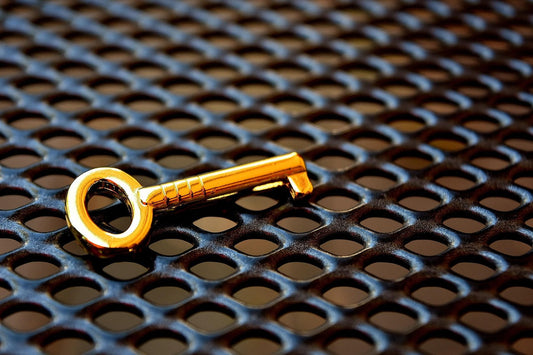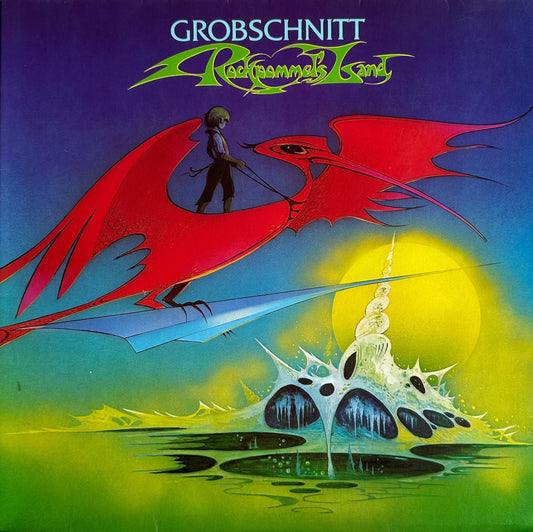We all want tight bass. That quick, punch-you-in-the-chest kind of bass that starts and stops on a dime. And somewhere along the way, a lot of folks started chasing big damping factor numbers thinking that’s what makes it happen.
Let's set the record straight.
Technically, damping factor is just the ratio between the speaker’s impedance and the amplifier’s output impedance. So, if you’ve got an 8-ohm speaker and your amplifier’s output impedance is 0.08 ohms, your damping factor is 100. Pretty simple math.
The idea is that the lower your amp’s output impedance, the more control it has over the woofer cone. When the music stops, the cone should stop moving, too. If it keeps wobbling around, it muddies things up—especially in the midbass, where timing and punch really matter.
So far, so good. But here’s what really matters: once you get beyond a damping factor of about 20 or 30, you're well into the range where your system starts to dictate the result more than your amplifier alone.
That’s because your speaker cables, your binding posts, even the voice coil in the woofer—all of that adds resistance. And resistance in the path between amp and driver directly affects damping.
Let’s say you’ve got a 10-foot speaker cable that adds 0.1 ohm. That might not sound like much, but now your damping factor drops from 500 to more like 50. Still decent, but not what the brochure claimed. Add in the resistance from the inductor in the crossover and the internal wiring of the speaker itself, and you’re probably down to 20–30, whether your amp was spec’d at 500 or 1000.
At that point, you’re not hearing “less damping.” You’re hearing the speaker’s design. The driver’s mechanical suspension. The box tuning. The alignment of the woofer with the midrange. The voicing.
If the speaker designer got that part wrong, no amplifier on Earth can fix it. But if they got it right—and your amp isn’t getting in the way—you’ll get the kind of bass that’s fast, tight, and in time with the rest of the music.
What matters is how the whole chain works together—from the amp, through the cable, into the driver, and back out to your ears. When that’s dialed in, you stop thinking about specs altogether. You just hear music that moves.









